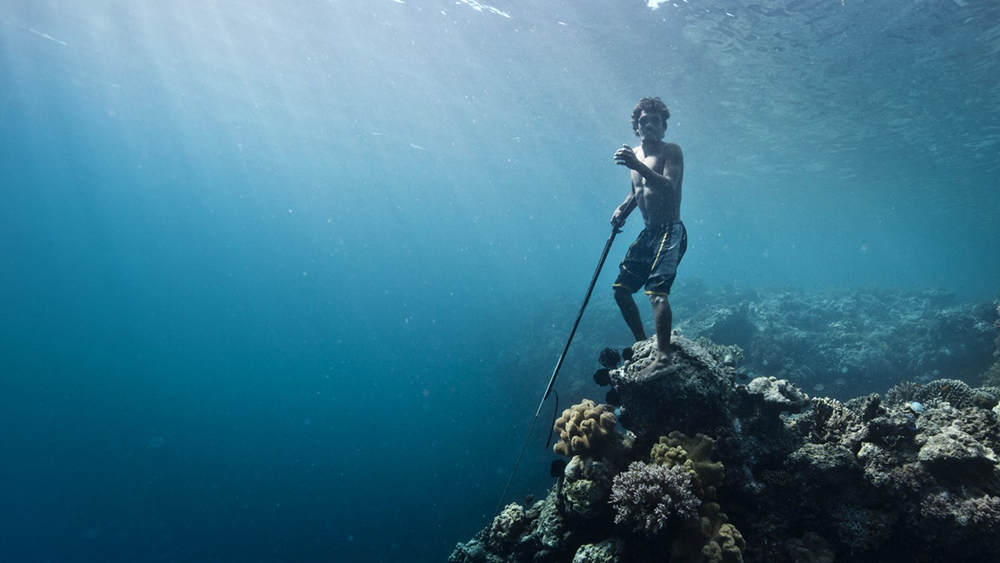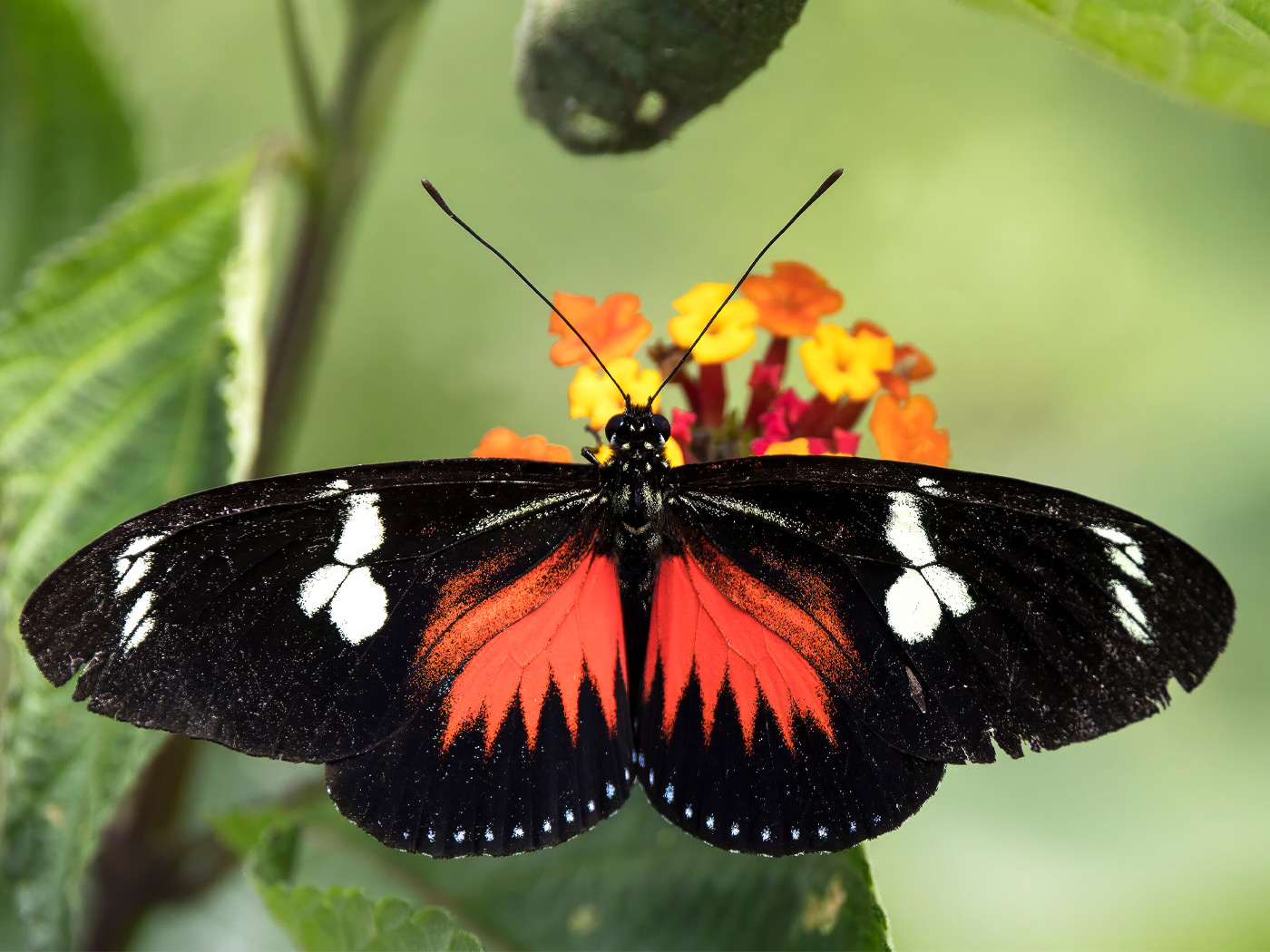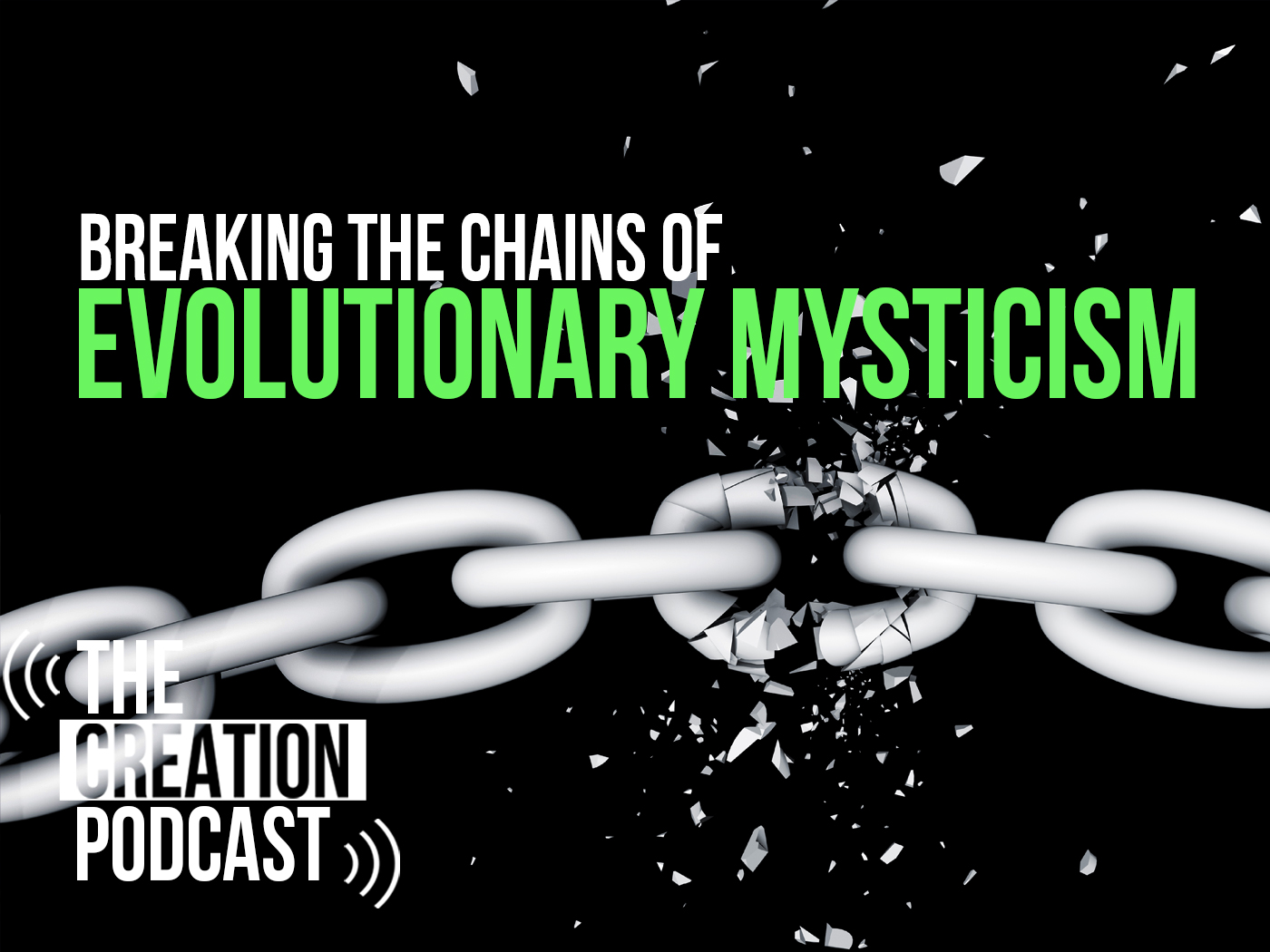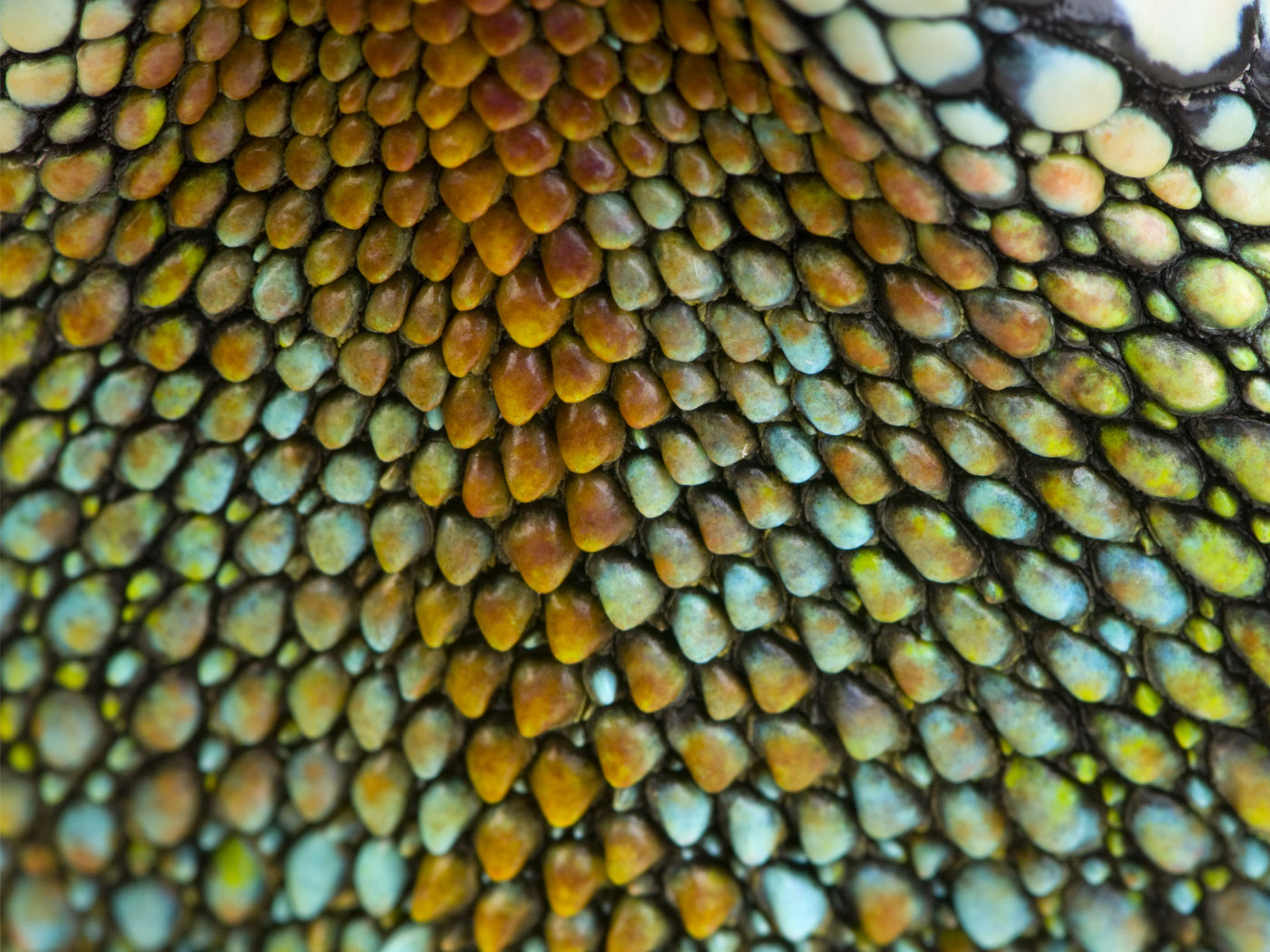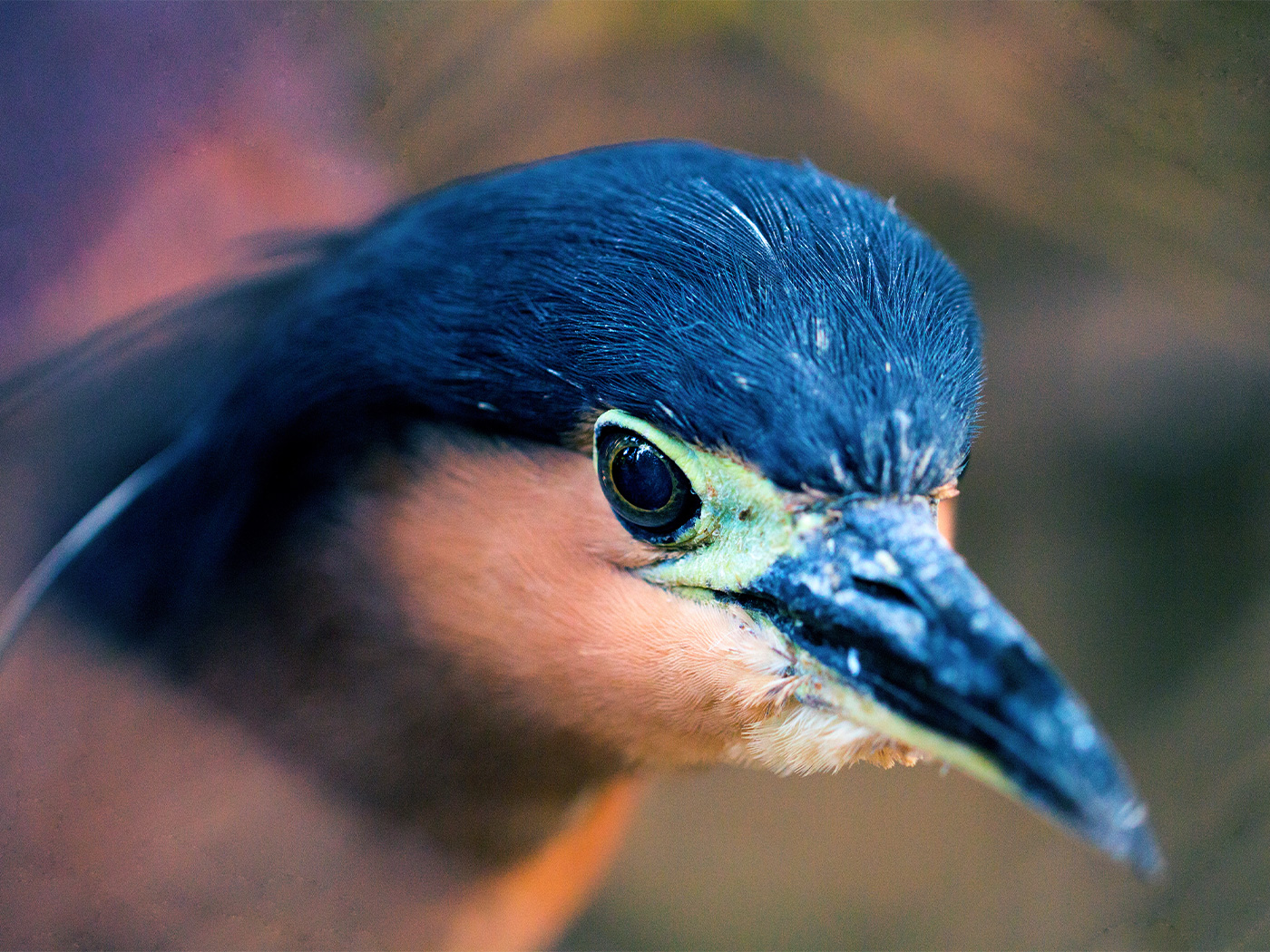Bajau divers of the Central Sulawesi peninsula in Indonesia are able to hold their breath and dive to amazing depths of over 200 feet using only rock weights and hand-made wooden goggles. Researchers recently compared the Bajaus’ spleen size to that of their neighbors and found the Bajaus’ are considerably larger, and that this increased size may extend the time divers can hold their breath.1 We learn two things from this study: 1) larger spleens may be one remarkable way Bajau bodies have self-adjusted to fit the conditions of working underwater, and 2) we observe how circular evolutionary reasoning can influence conclusions in scientific research.
Larger spleens may be one remarkable way Bajau bodies have self-adjusted to fit the conditions of working underwater. ![]()
Several Bajau subpopulations called Sea Nomads live on houseboats and have roamed Southeast Asian seas for at least 1,000 years. These communities live almost entirely on marine-derived resources. Members of the Bajau community who work as divers can spend up to 60% of their day diving. A research team organized by then University of Copenhagen graduate student, Melissa Ilardo, wanted to uncover how their bodies have adjusted to their very limited oxygen consumption during working conditions.
A thorough literature review provides clues of what to look for. A “dive reflex” in humans and diving mammals automatically lowers heartrate, constricts blood vessels in the limbs, and contracts the spleen when the creature’s face is immersed in cool water. In Japanese pearl divers, a contraction of the spleen has been observed to squeeze out additional oxygenated blood, giving them a 3-10% boost in circulating oxygen content. In addition, different groups of diving seals are known to have an increasing spleen size proportional to the length of dive time for each group. Guided by these indicators that spleen size might influence diving time, the team headed out to the Bajau equipped with a portable ultrasound machine to gather spleen images.
Through genetic testing, the researchers identified another community known as the Saluans who are more closely related to the Bajau than other local populations. Somewhat surprising, Saluans mostly live an agrarian lifestyle. The researchers collected saliva and ultrasound data from volunteers in each population to study their DNA and calculate spleen size.
They narrowed DNA results to the top 25 genetic differences (usually the slightly different versions of a single gene called “alleles”) unique to the Bajau genomes. Several of the unique candidate genes are associated with traits possibly important for diving. Remarkably, the spleens of the Bajau people were about 50 percent larger compared to the Saluans. One allele difference in the Bajau increased thyroid hormone levels. This may regulate spleen size in human development and early childhood. Thus, the researchers suspect this allele may explain the enlarged spleens.
Finding these traits and unique genetic differences raises some questions. How did the Bajau get them, and do they explain why the Bajau can dive for long time periods? The cause-effect linkage may not be as straightforward as it appears.
For instance, if seasoned Bajau divers include a young Saluan boy in with young Bajau boys for dive training, then would they all attain similar diving prowess even though they have different genetics? If the Saluan boy continued doing deep dives would he also develop a large spleen by adulthood? How much long-dive ability is explained by genetics, or spleen size, or specialized training?
In terms of unique Bajau genetics related to the diving response, researchers know that potential explanations for its origin could be 1) standing genetic variation from the founders parsed out in death-survival-reproduction scenarios over 15 thousand years (the researcher’s timespan choice), 2) a plastic response that had “unmasked” cryptic variations that then became the most frequent alleles, 3) over time hybridization with occasional outsiders possibly introducing some unique alleles, 4) de novo mutations (which could be either random or directed), or 4) a controlled plastic response by up-regulating (or down-regulating) the expression of specific alleles in a large proportion of the population that then became the most frequent alleles.
Readers of Ilardo’s research still lack the information needed to distinguish between these or other possible explanations. The team’s conclusion is somewhat mystical. They personify nature exercising agency by projecting volition on it, saying, “This result strongly suggests that the Bajau harbor genetic variation that has been targeted by [natural] selection related to phenotypes of importance for diving.” Based on Ilardo’s conclusion, Science Daily also titled their report with the same mystical flavor claiming, “Natural selection gave a freediving people in Southeast Asia bigger spleens.”2
Ilardo describes her means to determine that the cause of the Bajau’s unique alleles was due to natural selection. She said, “First, we performed a scan of their genomes for signatures of selection to identify genes that have been uniquely targeted by natural selection in the Bajau.” She labeled this step a “selection scan.” Sure enough, Ilardo concludes later in her paper that the uniqueness of the Bajau’s alleles is a definite “signature of selection” and that “the Bajau harbor genetic variation that has been targeted by selection” for diving.
However, if one finds in a “selection scan” a section of unique genetic information that is defined causally as being there because it is “uniquely targeted by natural selection,” which is then identified as a “signature of selection,” then the only explanation for its origination will, of course, be natural selection. This circular reasoning concludes natural selection by presupposing its existence.
Ilardo then used a mathematical formula that assumes the causality of natural selection in its construction to derive an intergenerational death rate, called a “selection coefficient,” for those with a smaller spleen size. (A “selection coefficient” is the percentage of people in a single generation with a lethal genotype.) Since her calculation was “compatible with a strong [high] selection coefficient,” she concludes that the death rate must have been relatively high for those without alleles associated with increased spleen size. Therefore, nature “favored” the allele that “in the Bajau is for an increase in spleen size.” The reasoning in this line of thought is both circular and mystical.
It appears that in Ilardo’s paper, her team clearly desired to frame causality for these findings within an evolutionary history. Regrettably, in drawing their evolutionary conclusion, they employed circular reasoning, which produced their desired causation, and then shut down any consideration of other causes.
To avoid the mistake of concluding natural selection by presupposing it, these researchers should have documented that in a long-dive environment, when one Bajau is compared to another, that the longest breath-holding divers have larger spleens and that they tend to live longer and produce more offspring. Given the high “selection coefficient” there should be some oral tradition amongst the Bajau recalling observations that the best divers seemed to live longer and father many more children than weak divers. Ilardo’s article does not contain this data. In fact, it does not even mention the words death, reproduction, longevity, survival, competition or their synonyms. It only has a single mention of “parent-offspring” in relation to a data set. In terms of Darwin’s own criteria, Ilardo’s team does not even demonstrate “selection.”
What we know is that the Bajau have some unique genes and larger spleens that may enhance their deep-diving abilities. What we can learn is how to spot the circular thinking in a research effort that merely identifies a change in gene frequency that is an outlier from the norm, declares that the cause is due to genes being somehow “favored” or “targeted by natural selection,” but does not support the conclusion with the necessary death-survival-reproduction data.
Perhaps a design-based, organism-focused approach will stimulate the work needed to identify the active linking physiological elements between exposure and response (if any). ![]()
An evolutionary story can be wrapped around the notion that deep diving somehow drives the evolution of large spleens in humans and seals via random mutations and survival of the fittest. But an engineering-based explanation could posit that many creatures possessing spleens can detect low-oxygen conditions and self-adjust by regulated epigenetic and genetic mechanisms that enlarge their spleens as a suitable response. Evolutionary paradigms tend to shut down investigation by being content with the mystical concept of “natural selection.” Perhaps a design-based, organism-focused approach will stimulate the work needed to identify the active linking physiological elements between exposure and response (if any).
References
- Illardo, M. A. et al. 2018. Physiological and Genetic Adaptations to Diving in Sea Nomads. Cell. 173 (3): 569-580. DOI: 10.1016/j.cell.2018.03.054.>
- Staff Writer. Natural selection gave a freediving people in Southeast Asia bigger spleens. ScienceDaily. Posted on sciencedaily.com April 19, 2018, accessed April 24, 2018.
Stage image credit: Copyright © Sam Mansfield/Indus Films. Used in accordance with federal copyright (fair use doctrine) law. Usage by ICR does not imply endorsement of copyright holder.
*Dr. Randy Guliuzza is ICR’s National Representative. He earned his M.D. from the University of Minnesota, his Master of Public Health from Harvard University, and served in the U.S. Air Force as 28th Bomb Wing Flight Surgeon and Chief of Aerospace Medicine. Dr. Guliuzza is also a registered Professional Engineer.




